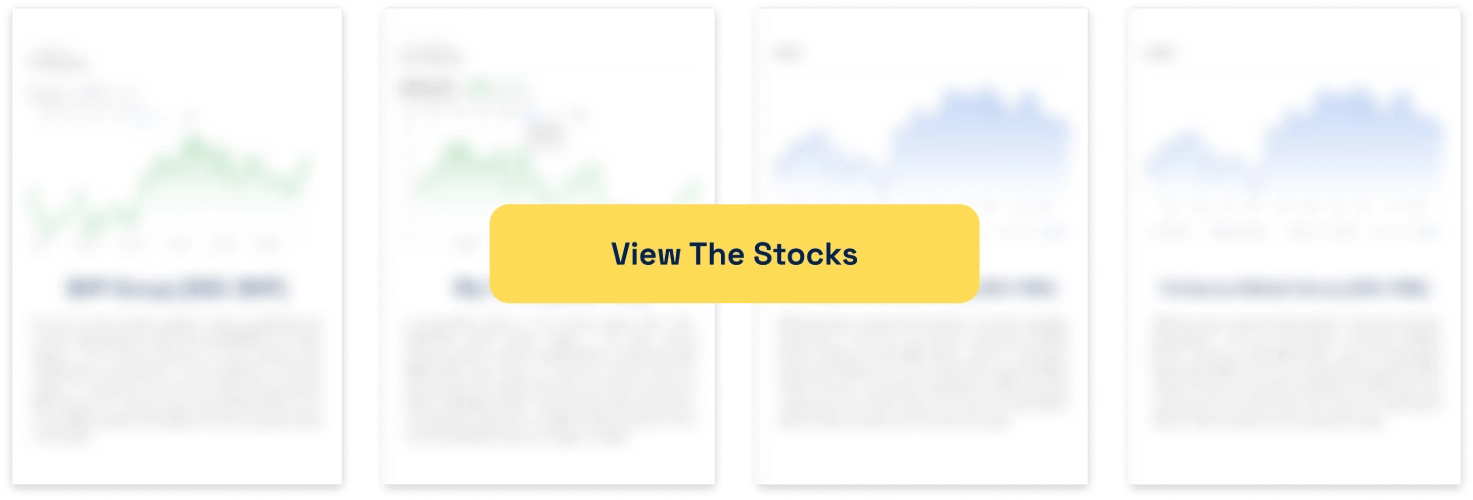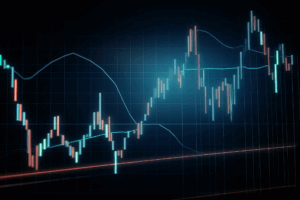With Stocks Down in 2025, Should You Buy the Dip?
![]() Ujjwal Maheshwari, April 8, 2025
Ujjwal Maheshwari, April 8, 2025
The stock market is often a battleground for investors, and 2025 has been no exception. With a noticeable downturn in stock prices, many are asking, “Is this a buying opportunity?” The idea of buying the dip is an age-old strategy that has served many investors well. However, as with all investment strategies, it is important to assess the current market conditions, the specific stocks you are interested in, and your personal risk tolerance.
In this article, we will dive into whether buying the dip in 2025 is a good idea, how to identify which stocks might be worth purchasing, and the factors that investors need to keep in mind when navigating this volatile environment.
Understanding the “Buy the Dip” Strategy
Before we explore whether buying the dip is advisable, it’s important to understand what the phrase “buy the dip” actually means. Essentially, buying the dip refers to the strategy of purchasing a stock or asset after it has fallen in price on the premise that the drop is temporary and the price will eventually rise again.
While this strategy is popular among long-term investors and traders seeking short-term profits, it is essential to recognise that not every dip represents a buying opportunity. So, how can we discern when the dip is a true opportunity and when it’s a sign of underlying problems with the stock or sector?
Why Do Stocks Dip?
Stocks can experience dips for various reasons, including:
- Market Sentiment: A market-wide sell-off or external event, such as geopolitical instability, can cause widespread panic selling.
- Economic Factors: Economic downturns, inflation, or interest rate hikes can negatively impact stock prices.
- Company-Specific Issues: Negative earnings reports, management changes, or product failures can result in a stock’s decline.
But not all dips are created equal. Some dips may represent an undervalued stock that is likely to bounce back, while others may signal deeper, more permanent issues.
Should You Buy the Dip in 2025?
With the stock market facing volatility in 2025, many are questioning whether it’s time to buy the dip. The answer largely depends on several factors:
Economic Outlook
The broader economic environment plays a significant role in determining whether it’s a good time to buy the dip. In 2025, the world is grappling with several challenges, including inflation, rising interest rates, and economic slowdowns in various parts of the globe. These economic factors can create volatility, but they may also present opportunities for investors who are able to see beyond the short-term noise.
Key indicators to watch for:
- Strong GDP growth
- Lower inflation or inflationary control
- Positive signs from key sectors like technology, energy, and financials
If these indicators suggest that the economy is on the road to recovery, it might be an opportune time to buy into certain stocks at lower prices.
Company Fundamentals
When considering whether to buy the dip, focus on the fundamentals of the company in question. A strong business with solid earnings growth, a reliable management team, and a competitive edge in its industry is more likely to recover from a dip than a company with declining revenues or rising debts.
Key factors to evaluate:
- Earnings Reports: Look for companies with stable or growing earnings, even during market downturns.
- Debt Levels: Companies with manageable debt are often in a better position to weather economic storms.
- Market Share: Companies that hold a dominant position in their sector are more likely to bounce back after a dip.
For example, tech giants like Apple and Microsoft have shown resilience during previous market corrections. Their strong market positions and innovative products make them strong candidates for long-term growth, even when stock prices fall temporarily.
Sector and Industry Performance
Not all sectors perform the same way during market downturns. For example, defensive sectors such as utilities and consumer staples tend to perform better in bear markets, as people still need these essential services and products regardless of the economy.
On the other hand, cyclical industries like travel and hospitality may be more volatile, as their performance is often tied to economic growth. If the dip is specific to a sector facing long-term headwinds, such as a slowdown in global demand for certain commodities, it might be wise to avoid purchasing in that sector.
What to look for:
- Defensive Sectors: These are usually safer bets during market downturns.
- Growth Sectors: Technology and green energy, for example, may still present opportunities even during dips.
Risk Tolerance
Your personal risk tolerance plays a critical role in your investment decisions. Buying the dip can be a great way to capitalise on lower stock prices, but it comes with risks. If you are a long-term investor with a high risk tolerance, you may be more prepared to weather short-term losses for potential long-term gains.
Consider the following:
- Time Horizon: Are you looking to invest for the short term or the long term?
- Diversification: Do you have a diversified portfolio that can withstand volatility?
- Emotional Resilience: Are you prepared to handle the uncertainty that comes with market dips?
Tips for Buying the Dip in 2025
If you’ve decided that buying the dip is right for you, here are some tips to make the most of this strategy:
Do Your Research
It’s essential to understand why a stock is dipping. Is it part of a broader market trend or a result of company-specific issues? Always conduct thorough research, including reading quarterly earnings reports, analyst opinions, and news about the company and its sector.
Don’t Try to Time the Market
One of the biggest mistakes that investors make is trying to time the market. Trying to predict when a stock will hit rock bottom can lead to missed opportunities. Instead, focus on gradually purchasing over time, taking advantage of dips when they occur.
Diversify Your Investments
Rather than buying one stock after a dip, consider diversifying your investments. This strategy reduces risk and increases the potential for returns by ensuring that your portfolio isn’t overly reliant on any single company or sector.
Dollar-Cost Averaging
If you’re concerned about catching the exact bottom, dollar-cost averaging is an excellent strategy. This approach involves investing a fixed amount of money at regular intervals, regardless of the stock’s price. Over time, this strategy can smooth out the effects of volatility and reduce the risk of making poor decisions based on short-term market movements.
Conclusion
In 2025, with stocks down across many sectors, buying the dip presents both opportunities and risks. By focusing on fundamentally strong companies, conducting thorough research, and aligning with your investment goals and risk tolerance, you can make informed decisions that may lead to long-term gains. Remember, while buying the dip is a strategy with potential, it requires patience and a keen eye for market trends and company health. Stay informed, stay diversified, and most importantly, ensure that your decisions are aligned with your financial objectives.
What are the Best ASX Stocks to invest in right now?
Check our buy/sell tips
Blog Categories
Get Our Top 5 ASX Stocks for FY25
Recent Posts
Six Common Investment Mistakes to Avoid in Volatile Markets
The financial markets are inherently volatile and can fluctuate sharply in a short period, especially during periods of economic uncertainty…
What does a CFO (Chief Financial Officer) do and how important are they?
Every ASX company has a Chief Financial Officer (CFO) in their C-suite. They are among the most important people in…
Clarity Pharmaceuticals (ASX:CU6) is off all time highs but is a $600m company! Is it the next Telix?
When we last wrote about Clarity Pharmaceuticals (ASX:CU6), in July last year, it was a multi-billion dollar company, less than…



